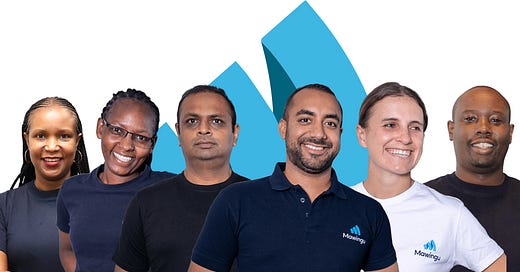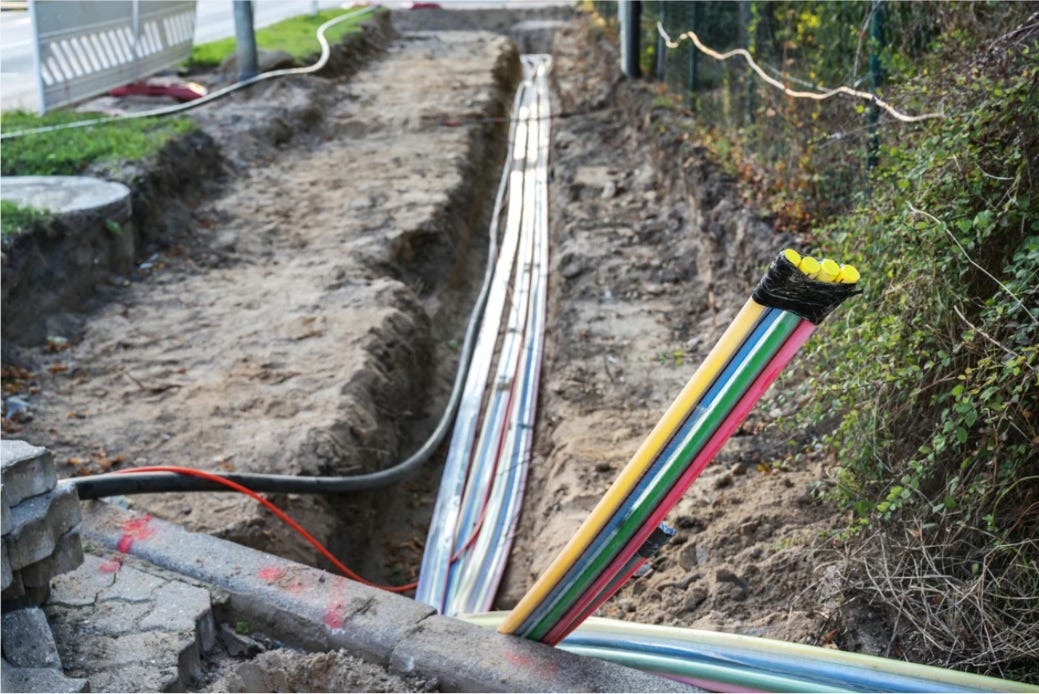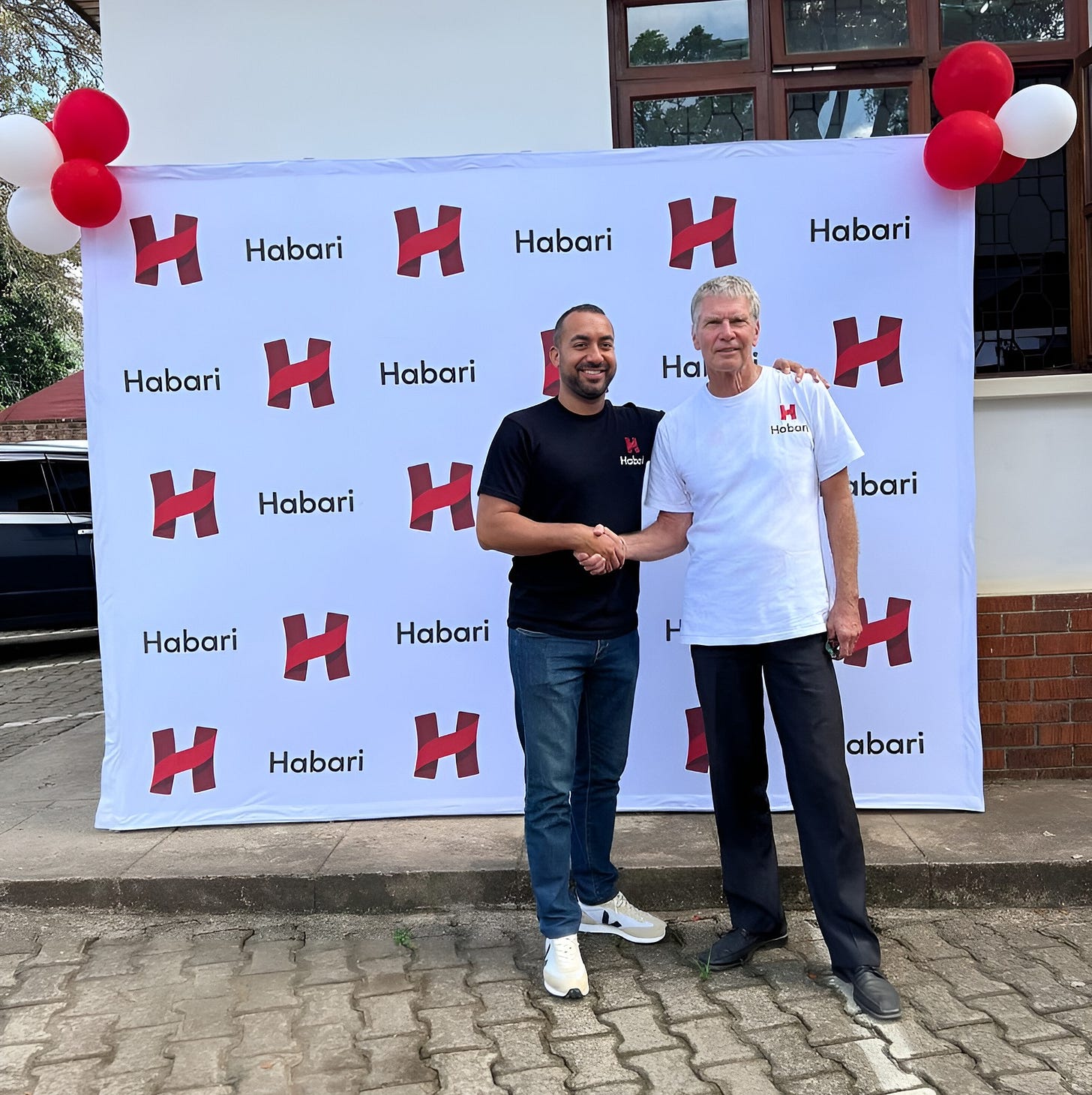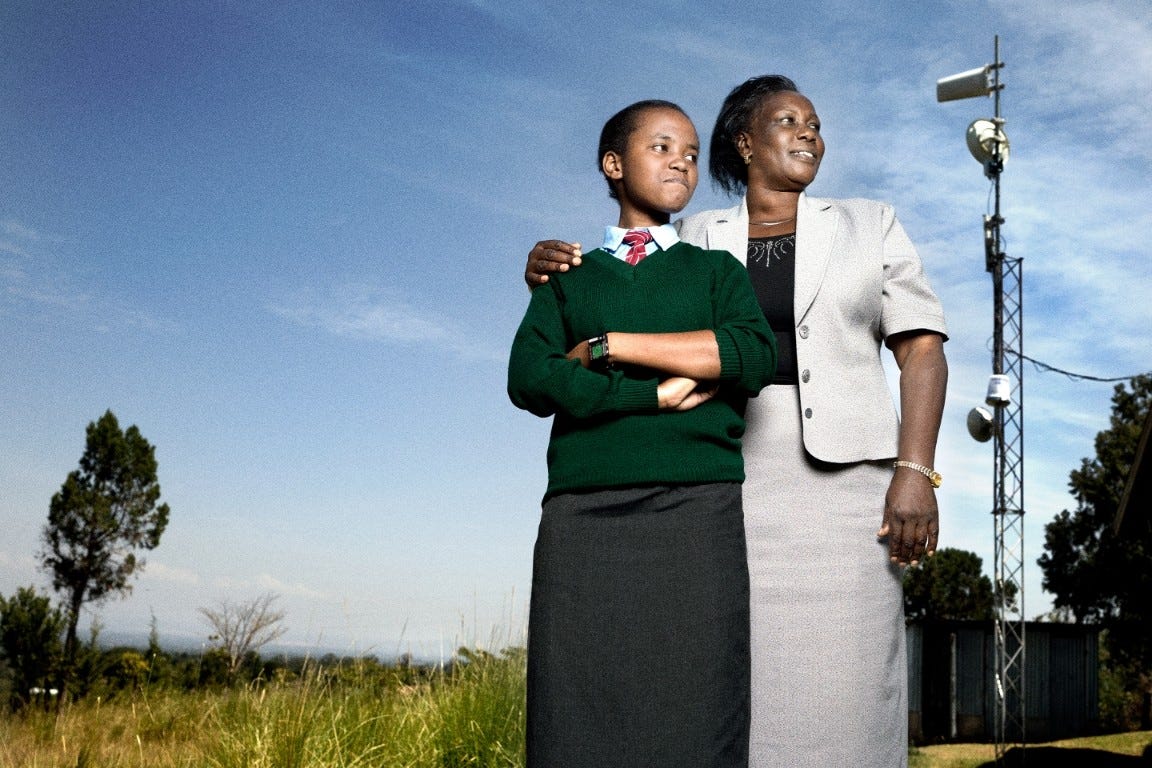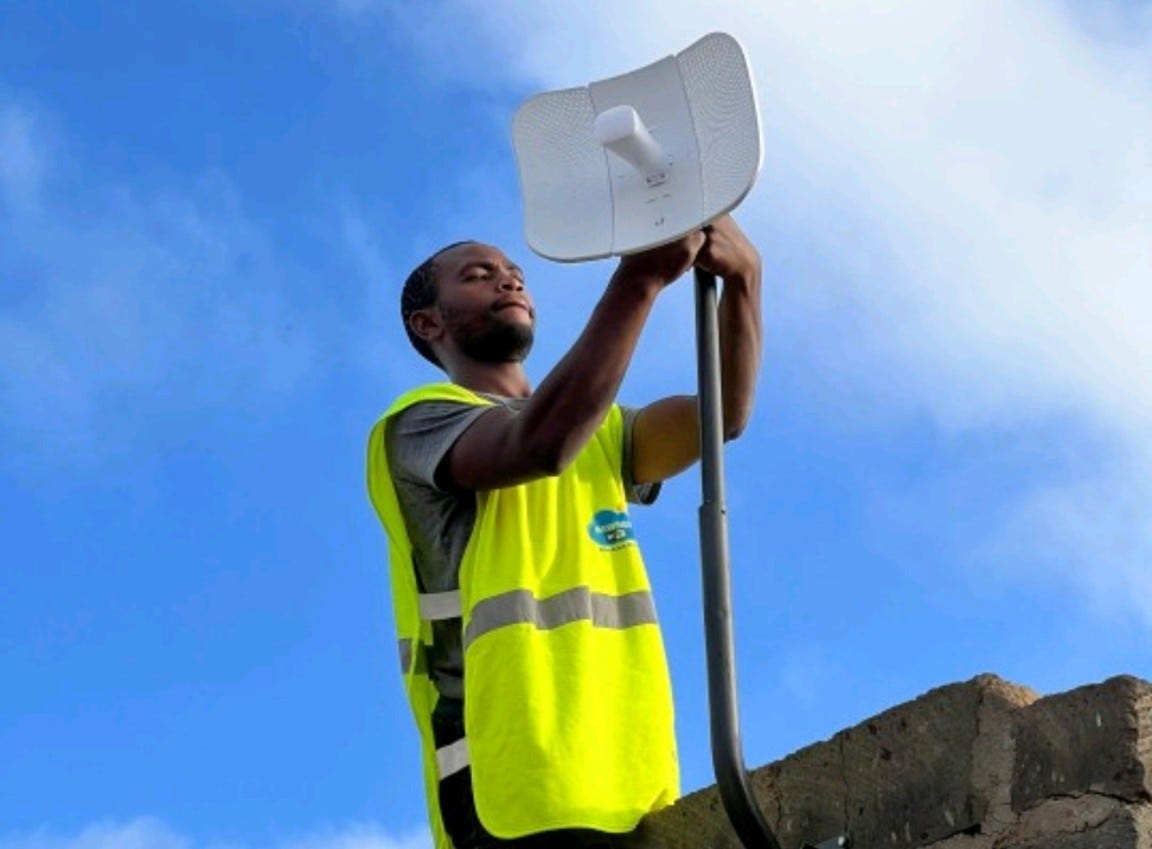Mawingu Targets Tanzania's 13.7 Million Unconnected Homes
Following an 18-month, TZS 39 billion acquisition deal
When Farouk Ramji talks about Tanzania’s internet market, he doesn’t dwell on the 300,000 connected homes. Instead, the Nairobi-based Mawingu CEO focuses on the 13.7 million households without access.
“The opportunity size in Tanzania is actually bigger than Kenya,” says Ramji.
His company recently acquired Habari Node, an established Tanzanian internet service provider (ISP), after an 18-month process that concluded in November 2024.
Unlike most ISPs that compete for urban customers, Mawingu deliberately targets rural and peri-urban communities.
“We are quite targeted with our approach,” Farouk tells us. “Our objective is not to put internet in every home. We focus on households willing to spend 6-8% of their income on internet service.”
This precise market positioning drove Mawingu’s choice of Habari Node, which operates across seven regions including Arusha, Kilimanjaro, and Dodoma. “We had to run quite a disciplined route,” says Ramji.
“First, we looked at strategic synergies. Habari was offering rural and peri-urban broadband services with both fiber and wireless—exactly matching our strategy.”
The $15 million deal ($11M debt, $4M equity) reveals a careful expansion game plan:
Keep the trusted local brand
Retain all employees
Maintain existing B2B relationships, and
Layer wireless capabilities onto Habari’s fiber network.
Valuation Insights for Founders
For entrepreneurs eyeing potential acquisitions, Farouk emphasizes financials over flashy metrics.
He says, “You need consistent profitability and strong financial track records.
We looked at EBITDA (Earnings before interest, taxes, depreciation and amortization) multiples, cash EBITDA, discounted cash flows, and revenue multiples.
We did not isolate one metric but considered all of them.”
He adds that while Habari’s 25-year track record helped, younger companies can attract buyers within 5-10 years by demonstrating financial sustainability.
The Fixed Internet Playbook
Mawingu’s expansion follows a calculated process that other companies might learn from:
Desktop research on population, income levels, and economic indicators
Field studies for tower placement
Lead collection through community engagement
Business case development
Infrastructure deployment (30 to 45 days)
Team hiring and equipment procurement
Service launch around day 60
Continuous monitoring and optimization
This methodical strategy enables Habari to connect customers at TZS 60,000 monthly with a one-time refundable deposit of the same amount. No installation fees apply—a deliberate choice to remove barriers.
“High cost is often the barrier to entry," explains Ramji. “We do not eliminate that entire pool that needs and can afford broadband services.”
Last-Mile Focus
Unlike major telecommunications companies, Habari focuses solely on “last mile” connections. It partners with tower operators and other infrastructure providers while specializing in the final link to end users. customers.
“We terminate fiber at the tower, and use either wireless or fiber line extensions to connect homes and businesses,” Ramji explains.
That infrastructure model allows faster deployment with lower capital requirements. Even more striking is Mawingu’s commitment to renewable energy. All its Kenyan towers run exclusively on solar power with battery backup.
“The cost of running a generator is extremely high,” notes the CEO. “There are definite cost and environmental benefits to running a cleaner, greener network.”
Building Local Presence
Perhaps surprising in the acquisition was the decision to keep the Habari brand.
“There is a lot of brand equity to the name Habari,” Ramji explains. “It is a well-respected brand in the market.”
All 100 employees will be retained, with growth plans to double staffing within 18 months.
When we ask about specific regions for expansion, Ramji identifies Arusha and Mwanza as particularly profitable areas but emphasizes their systematic approach to market selection.
The Path to 1 Million
Mawingu aims to impact one million East Africans by 2028. In Tanzania, they are targeting 50,000 customers over the next 5-6 years through organic growth and a hybrid fiber-wireless model.
When asked about competition from global players like Starlink or local telcos, Farouk remains unconcerned.
He tells Atoms & Bits, “Let us focus on the fact that there are 13.7 million unconnected homes. There is more than enough market for everyone.”
For Ramji, success isn’t simply about numbers; it’s about impact: “Our employees witness firsthand how we are often providing someone’s first home internet connection. We can actually change lives just by giving access.”

